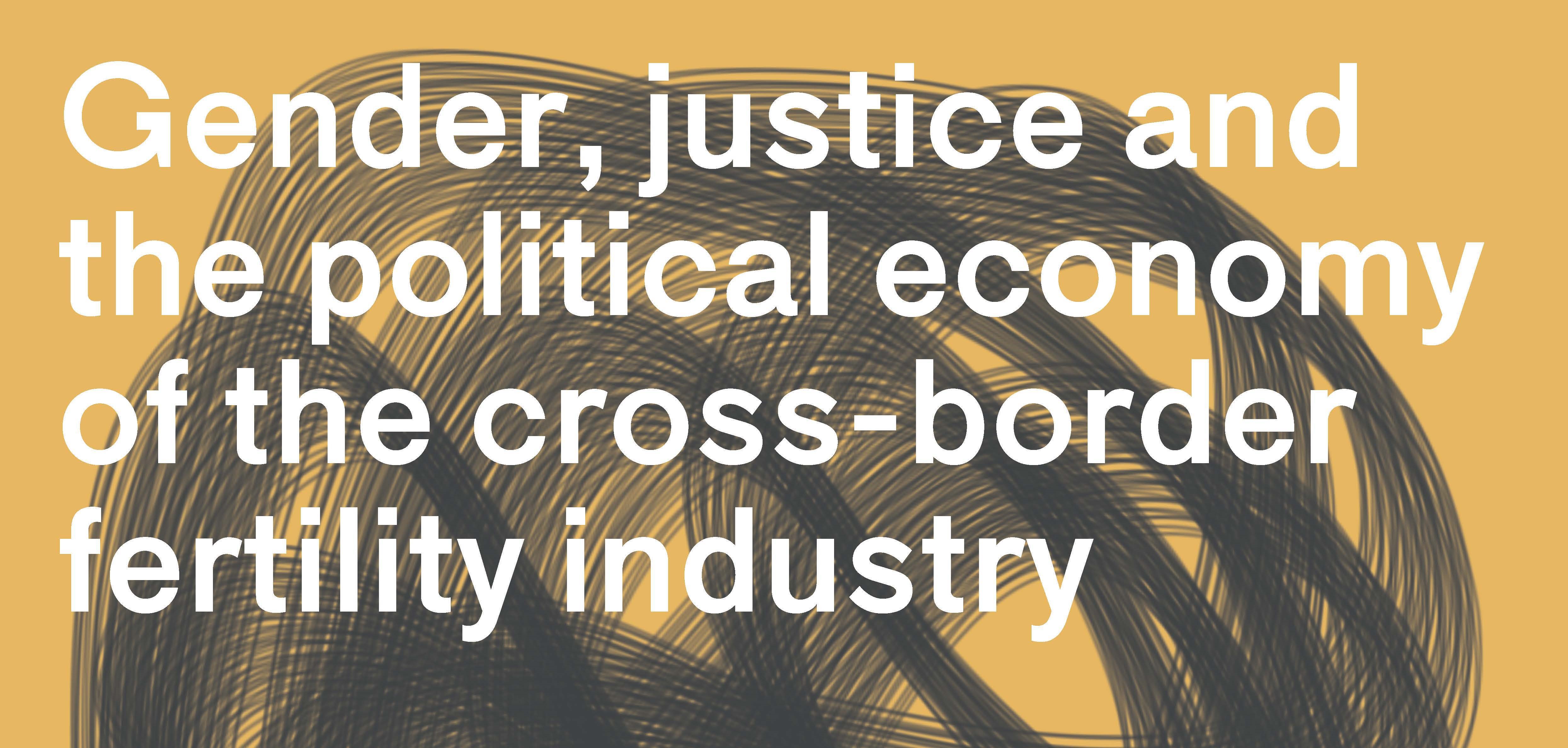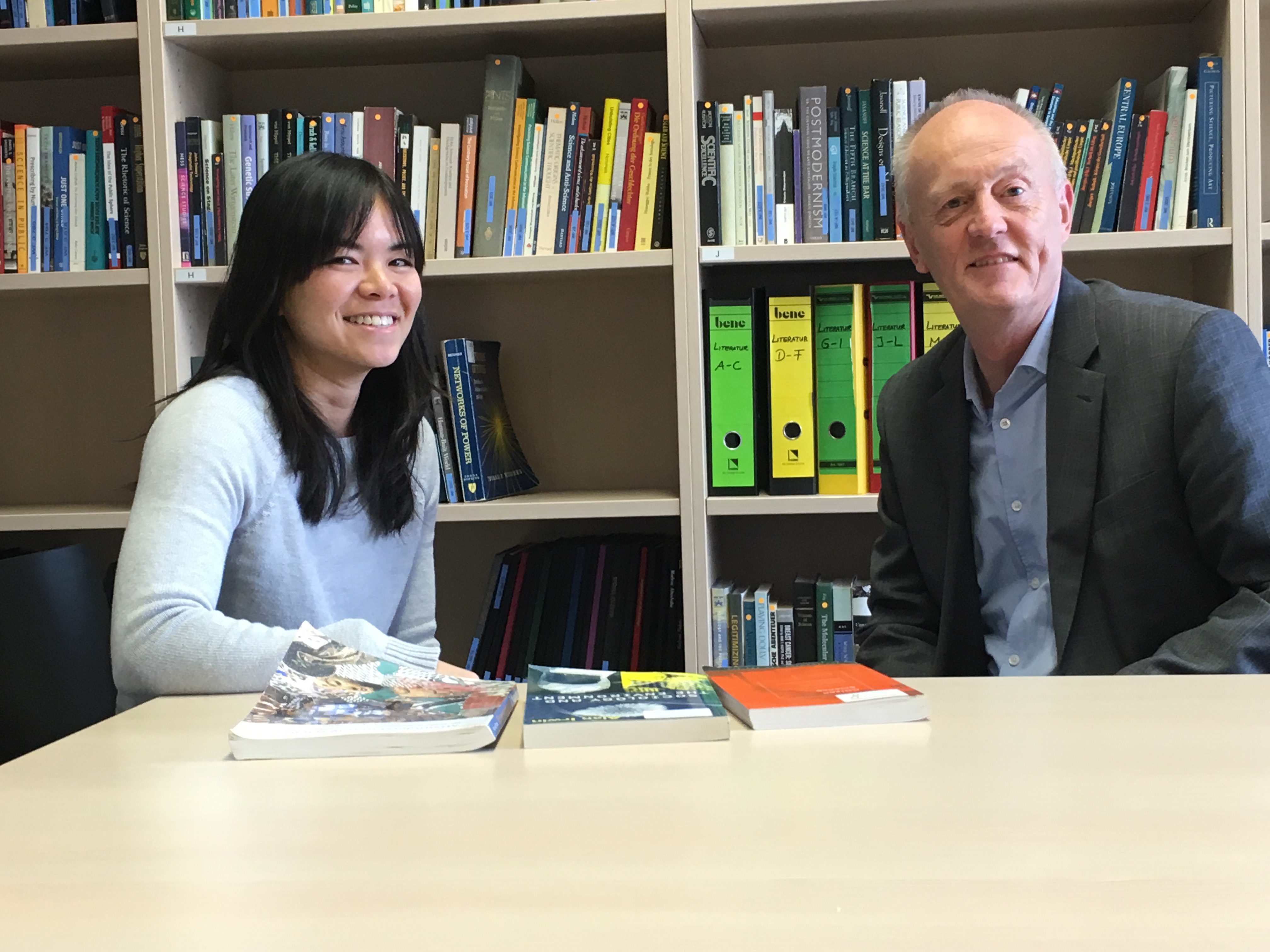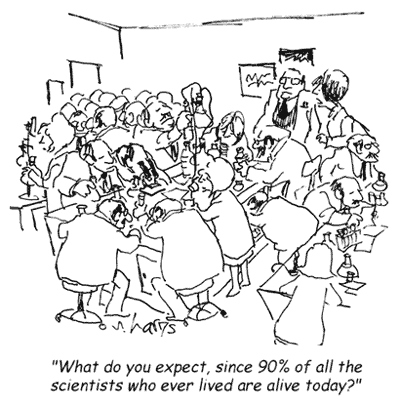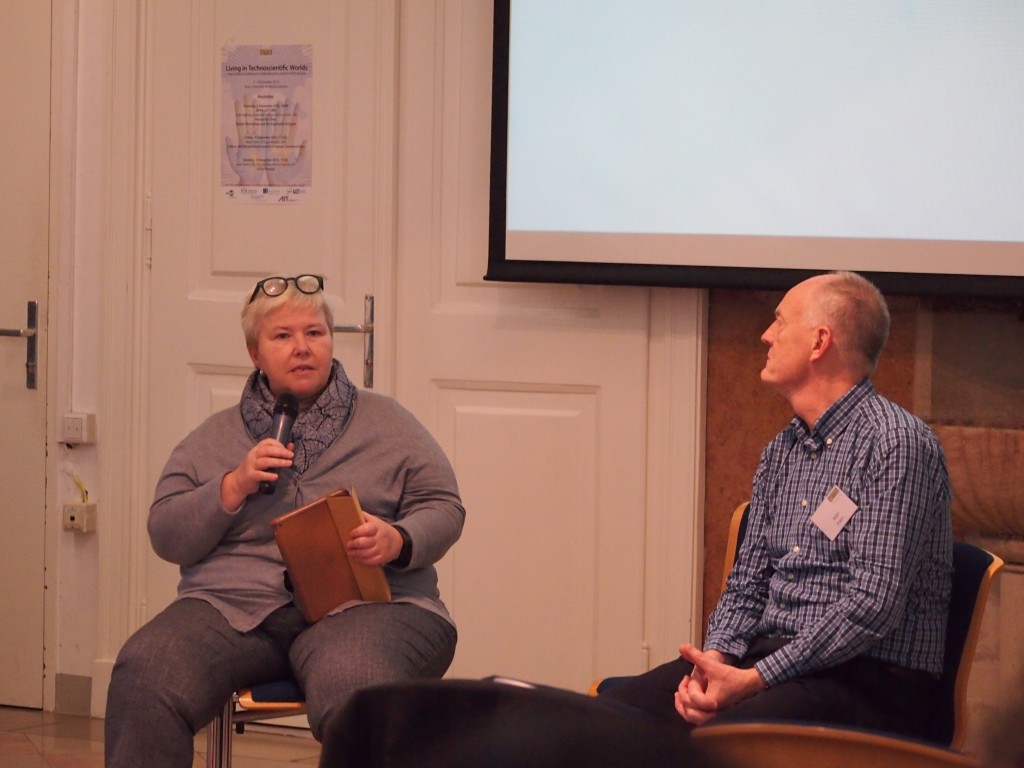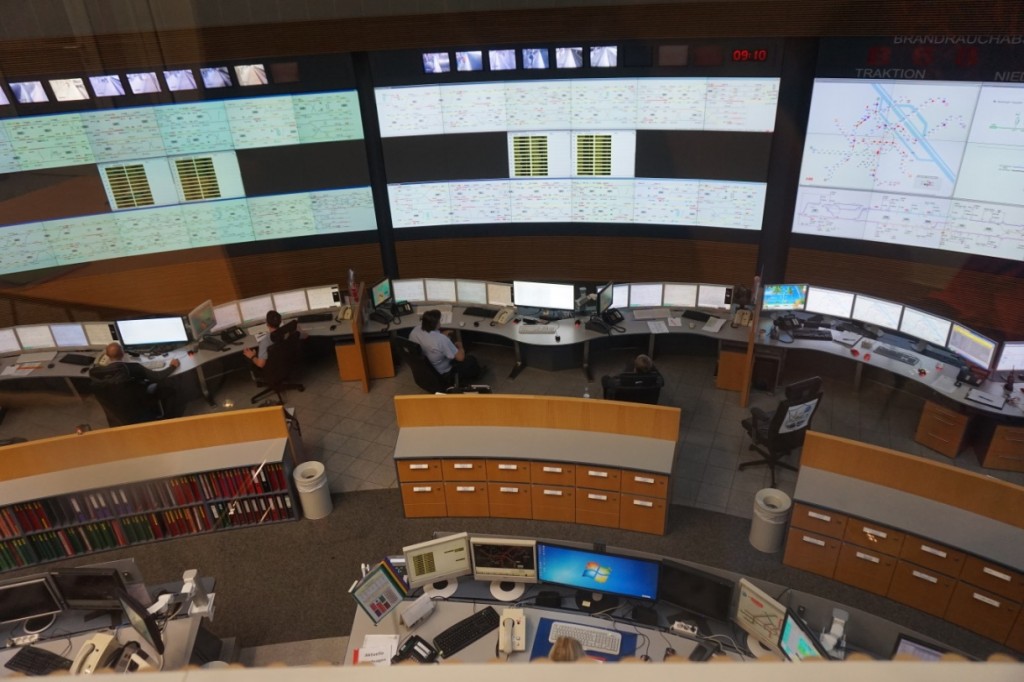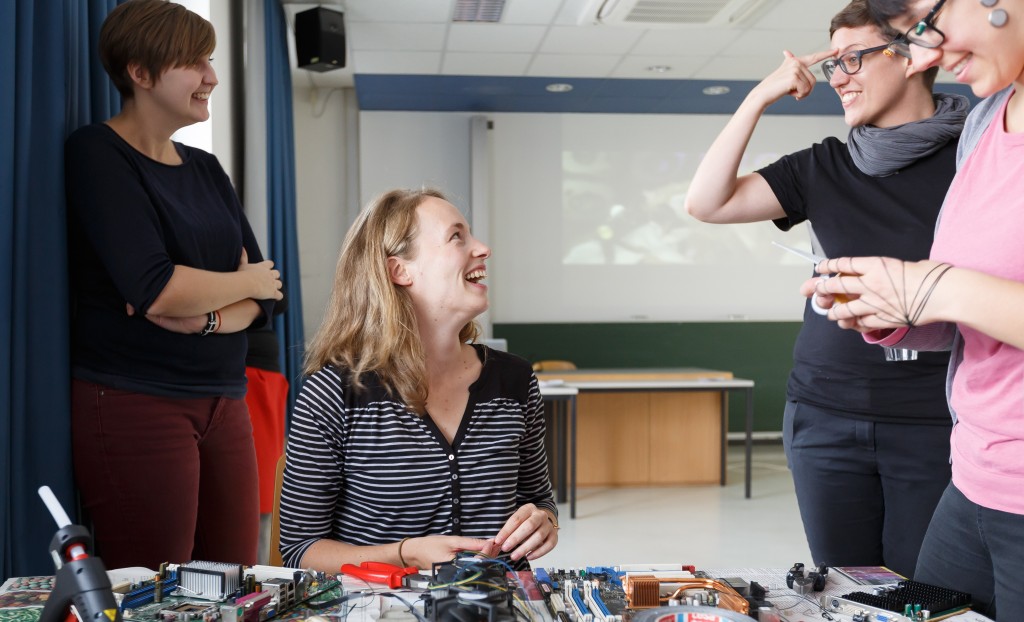by Andreas Schadauer

“The top 10% of Austrian households own 61% of all real estate assets.” For a certain time, this statistical argument could be read in several newspapers, was taken for granted by some journalists and commentators, and was used as a strong argument for inheritance and wealth taxes. But how did this statistical argument get accepted, persistent and influential? Who or what was able and enabled to produce it? And who or what is accountable for this statistical argument?
For the last question, the answers provided by the textbooks of empirical research I read as student of Sociology at the University of Vienna are quite clear-cut. If produced methodologically correct, numbers and statistics represent reality objectively (e.g. Diekmann, 2007: 23f) and due to this have authority, superiority and are politically neutral (Kreutz, 2009: 3). This notion stands in stark contrast to approaches in STS which point out the social, political and institutional quality of scientific methods (e.g. Desrosières, 2002; Kenney, 2015; Law, 2010).

